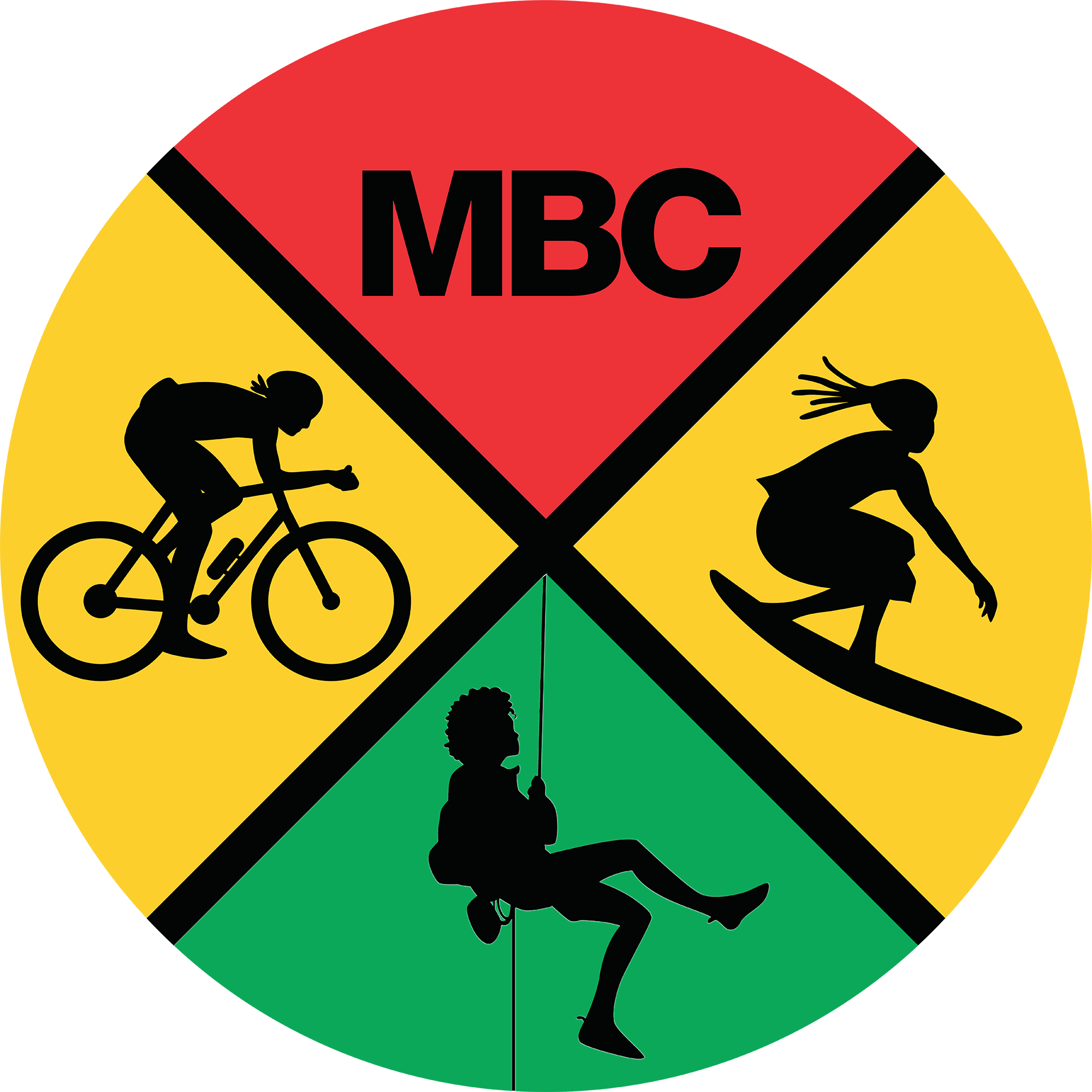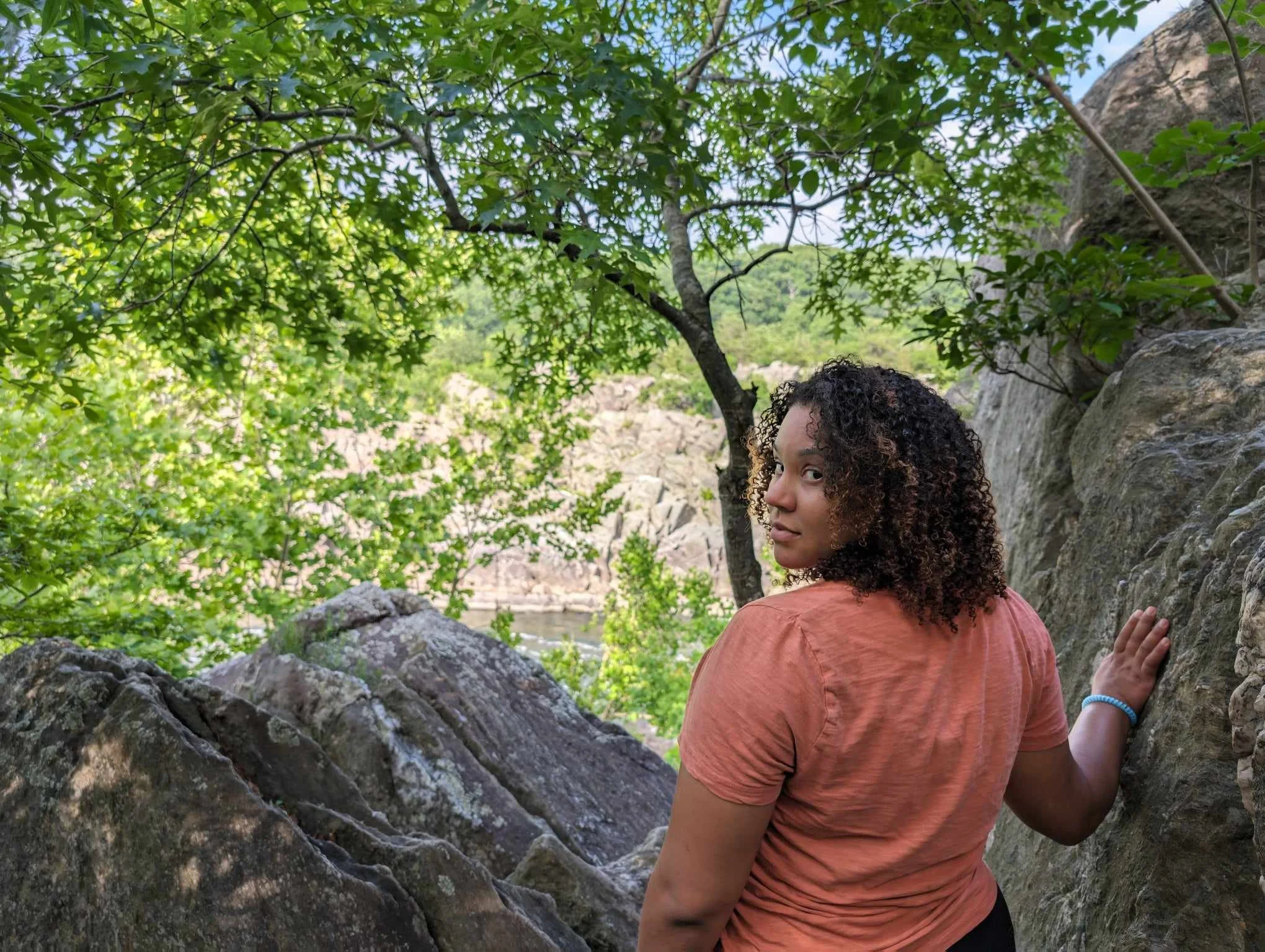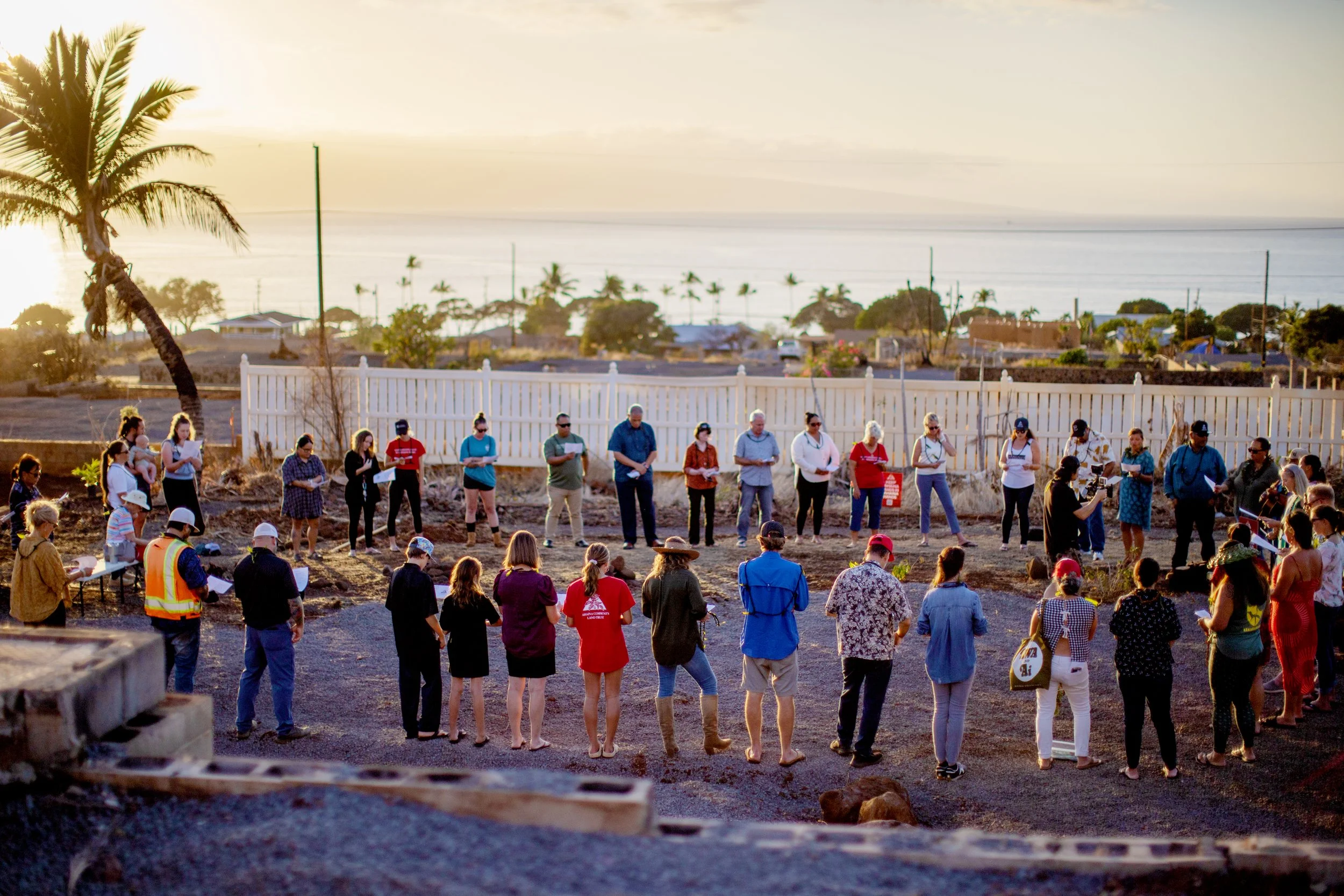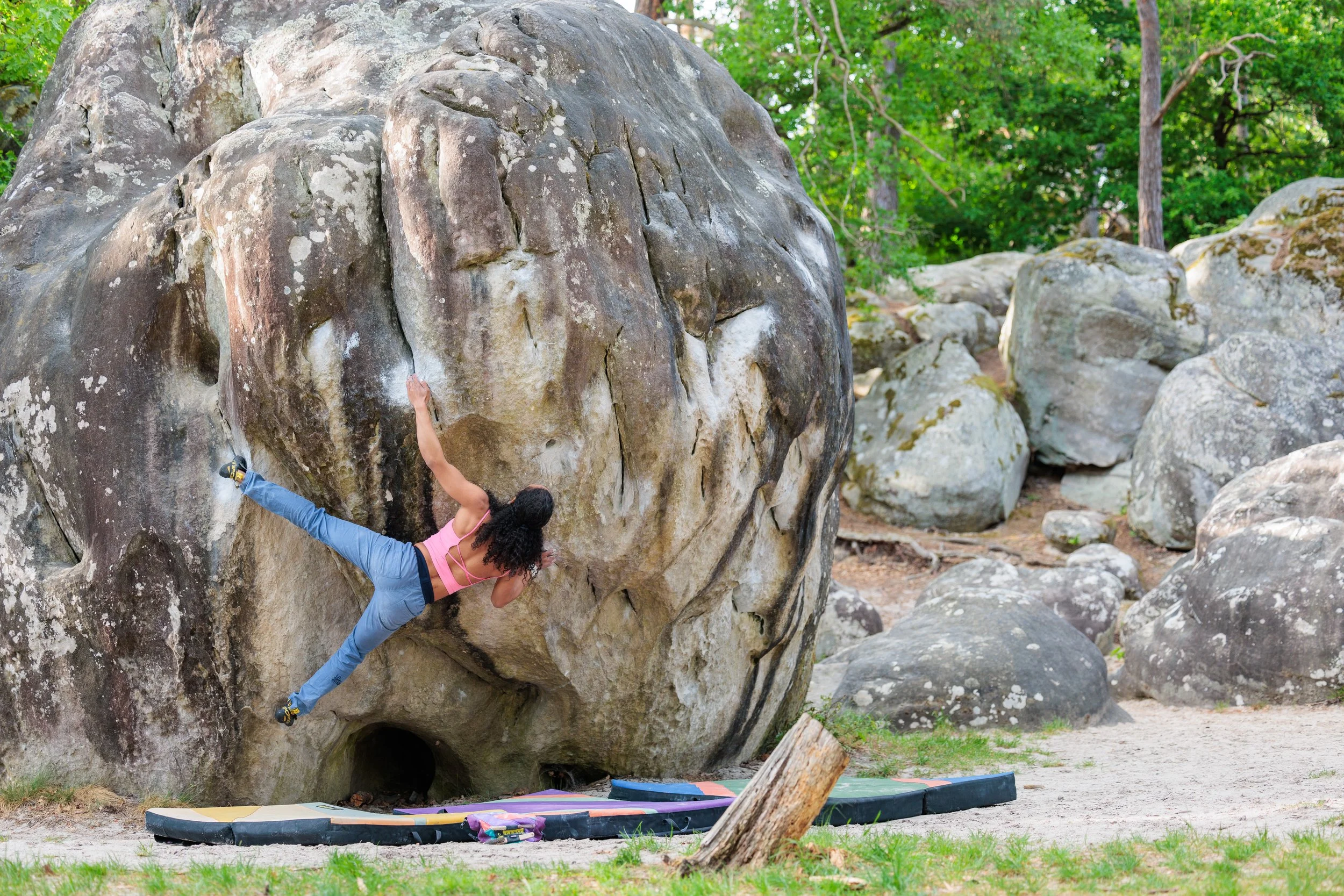The Accidental Mountaineer
Accidental Mountaineer, Eric Catig poses for a photograph on Mt. Humphreys, a 13,933 ft peak in the Eastern Sierras. Photo credit: Gilberto Gil
In May 2018, Eric Catig and four friends flew to Washington for two days to climb Mt. Rainier. They made the grueling hike up the Muir snowfield and bivouacked at Ingraham Flats at 11,100 ft. At 1 a.m. the next morning they were off to a chilly alpine start; traversing Ingraham Glacier in total darkness while avoiding deep crevasses that could swallow a roped team whole. They followed the Ingraham Direct Route up the mountain where, two months later in July, an ice fall avalanche would send tons of glacial debris down the mountainside in the middle of the night. But the weather in May was ideal for a summit attempt.
It was their first time on Mt. Rainier; just a couple of regular guys from California. No guides, no glacier training; and short one pair of sunglasses. Okay, that was a mistake. They were ⅔ of the way up Mt. Rainier when the sun rose and Eric’s climbing partner suddenly realized he had left his sunglasses back at the camp. There are a lot of ways to get injured in mountaineering and snow blindness is one of them. The combination of high altitude and snow covered slopes can lead to corneal burns and cataracts for climbers who lack protective eye wear. His friend got lucky. They reached the summit within six hours and descended safely without injury.
Eric Catig successfully summited Mt. Rainier (Tahoma) in May 2018 along with climbing partner, Keith Samson. Photo credit: Keith Samson
If there’s one thing you should know about Eric it’s this: Eric Catig never set out to be a mountaineer. In fact, his journey to the mountains was paved with more than a few false starts. First there were Groupon fencing lessons which he quit after getting destroyed by a junior Olympian. Then came indoor climbing which led to a gym membership and top roping with new friends. That was followed by indoor lead climbing and sport climbing outdoors. Life was good—for a little while at least.
This was back in 2009 when climbing gyms weren’t exactly the trendsetting third space they occupy now. As time went by, Eric’s new climbing friends gradually dropped out, one by one, due to major life changes: a marriage, a new baby, injuries—and in one case—a spectacularly traumatic sport lead fall. Eric regrouped and threw himself into bouldering; climbing’s lesser known cousin. Bouldering requires less gear which makes it is more affordable and more accessible to newcomers. The biggest advantage was that he didn’t have to wait around for a belay partner. He could climb whenever he wanted, and so he did.
Indoor bouldering was a great place to cross train and scout for a new climbing crew and Eric stuck with it. It was also fun and challenging and it appealed to his problem solving nature. Even though climbing wasn’t exactly popular in 2009 he enjoyed being different. He also liked being able to track his progress and work towards specific goals. The former unathletic kid who hated working out and rarely went to the gym found purpose in a sport where “the only competition is yourself.”
Eric had plenty of exposure to the outdoors growing up in a Filipino-American family. It just wasn’t his thing. His dad was into car camping but Eric hated it. He wasn’t terribly fond of Boy Scouts either. According to Eric, it just “wasn’t cool and, of course, now those skills are useful—but I was a naïve teenager back in the day.” His family went fishing and mountain biked together but hiking just wasn’t something he enjoyed. He hated camping until he started climbing as an adult. Now he camps often but only because it beats the hell out of driving out early to the crag from Los Angeles. As an adult, climbing became a gateway to other types of outdoor activities.
Photograph of Eric during a climbing weekend in Joshua Tree.
After losing and then making new climbing friends and remaking himself as a boulderer, Eric made the leap into mountaineering. He’s not exactly sure how he got there. He started out hiking local 10,000 ft peaks before taking a mountaineering class with REI where he found his current climbing partner. Since then, he’s successfully summited several 14,000+ ft peaks including Úytaahkoo (Mt. Shasta), Tahoma (Mt. Rainier), Mt. Langley and Tumanguya (Mt. Whitney), while attempting a few others. Not bad for someone who dropped out of Boy Scouts in the 7th grade. Eric explains that “growing up I was never athletic. I was in marching band and dodged PE. Then climbing surprised me. If you work at something long enough you make a lot of gains. Also I wasn’t scrawny anymore.” There was something about seeing what his body could accomplish that made training worthwhile.
We caught up with Eric a few days before he left Los Angeles for a seven day hike along the High Sierra Trail (HST). There’s something else you should know about Eric. He hasn’t really done any serious backpacking. This is actually his first backpacking trip—ever. In fact his goal from hiking the HST is to cross train to prepare for climbing season in southern California this Fall. He’d much rather be bouldering, locally at Palm Springs Tramway, Black Mountain, Joshua Tree, Horseshoe Flats or as far away as Bishop and Red Rocks, Nevada. Hiking is okay if there’s something big enough to climb—like a mountain, at the other end. This time there is: The High Sierra Trail begins in Sequoia National Park traversing east across the continental divide before its terminus at Mt. Whitney. He’s sort of winging it, or as much as you can for a accidental mountaineer.
You can read more about their trip here.













I also know that hunger disproportionately impacts Black Americans who make up nearly 30% of SNAP recipients. So why would I celebrate cuts to a program that is a lifeline for so many people?